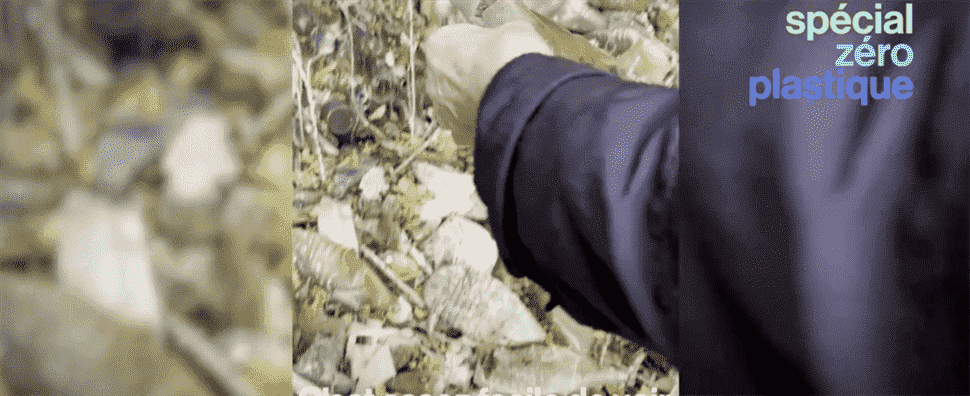Posted
Update

In this wild landfill are 4200 tons of plastic.
A plastic hill. This is how Bernard Schmitt, spokesperson for the Eau 88 collective, describes the open dump to which he took us, near Vittel. “It’s quite easy to see who they belong to because you can clearly see the acronym of the mineral water company with a V like Vittel and a Lorraine cross.“, he demonstrates. Added to that are other rubbish such as construction materials. There are in particular PVC blocks which release a significant amount of chlorine and dioxin with combustion.”We can think but we have no other explanation, that it is the industrial failures that were buried in this nature“, worries Bernard. This plastic en masse will eventually become microplastic which will infiltrate the soil and water.
“Having discussed with people who worked in the bottling factories of Contrexéville and Vittel, at the beginning, the industrial process was absolutely not mastered.“, Bernard report. In addition, the Nestlé group acknowledged that there were indeed 9 landfills including four plastics and five dedicated to the construction industry.
Brut tried to contact Nestlé who refused to answer our questions. “Nestlé cannot exempt itself from the responsibility of the landfill, which it now owns anyway.“, considers Bernard. According to the NGO Break Free From Plastic, Nestlé is the fourth largest plastic polluter in the world.
all the news in video
Receive most of our news with our newsletter
Newsletter subscription
France Télévisions uses your email address to send you newsletters.
articles On the same topic
Seen from Europe – Climate crisis
Every day, Franceinfo selects content from European public audiovisual media, members of Eurovision. As part of the COP26, this selection focuses on the major current climate issues.
